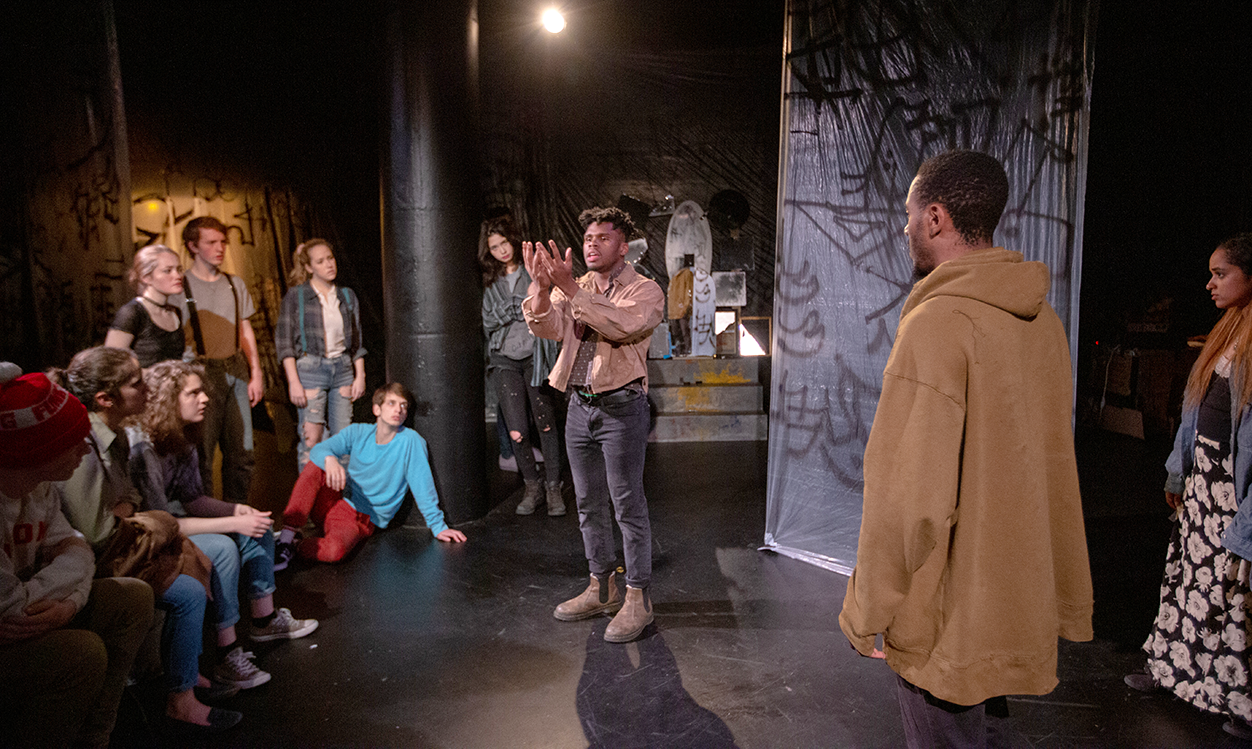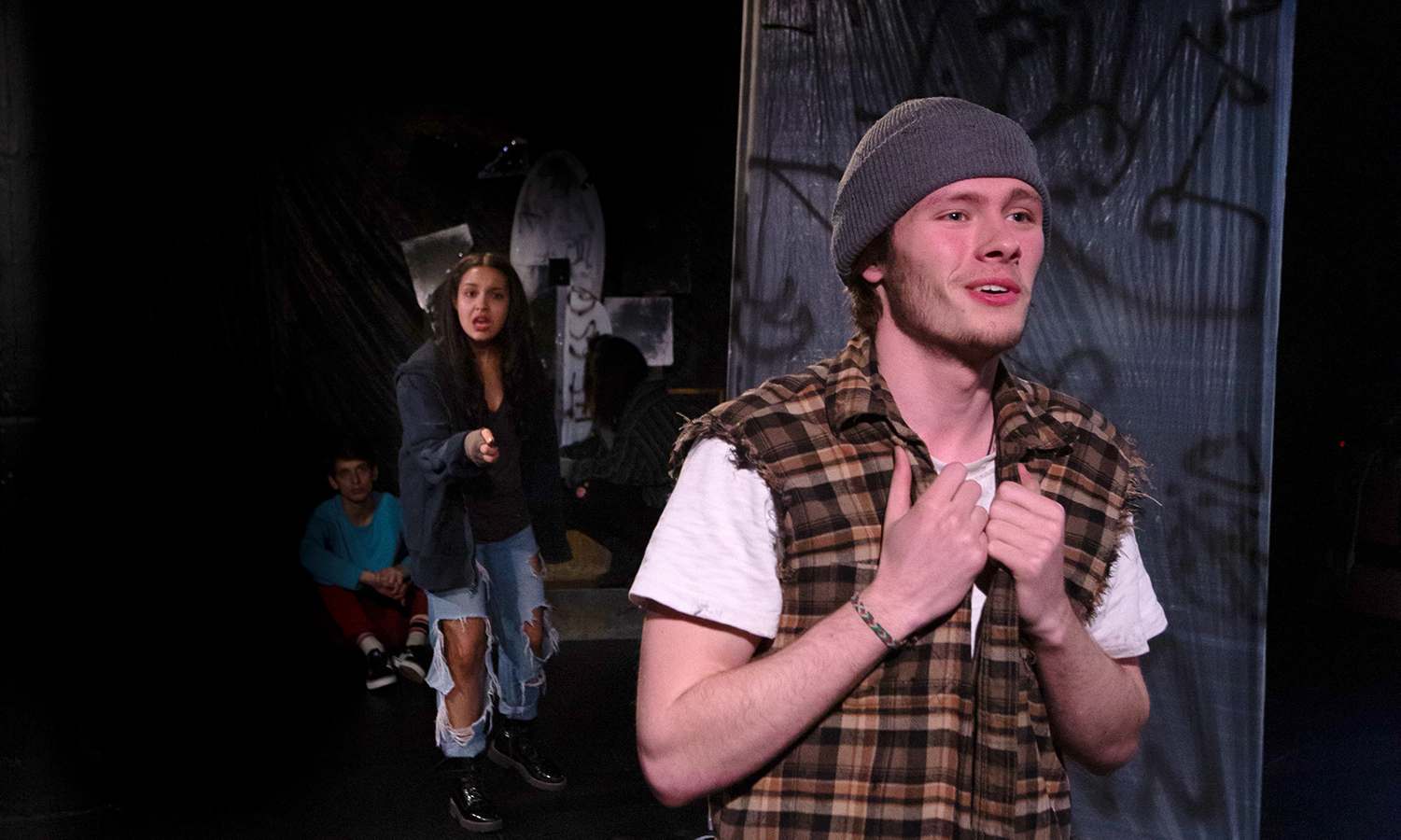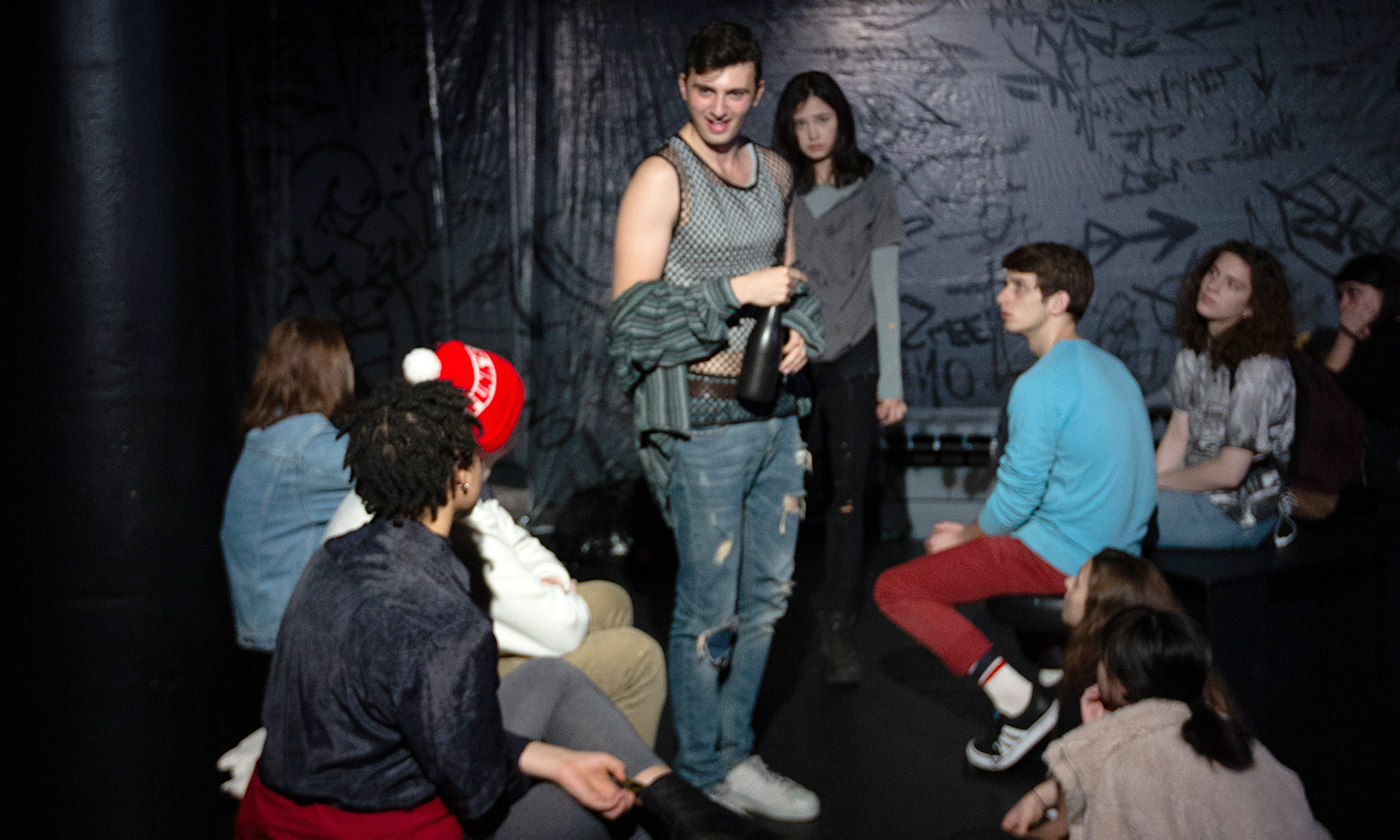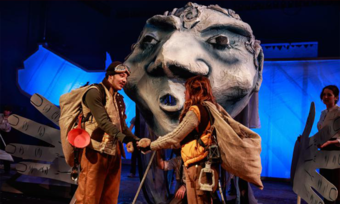By introducing safewords into immersive theatre, we can create a world “that does not treat consent-giving as a singular event... but rather as an ongoing process where consent can be ‘rescinded at any time,’” according to Bennett. Crucially, this revocation of consent should not be permanent, causing an audience member to feel that if they opt out of one aspect of the experience, they are opting out for good. Rather, immersive theatre must include means by which audience members can opt out and back in. London-based ONEOHONE Theatre has created numerous devised works that accomplish this through the simple mechanism of a sash worn by each audience member. The sash may be removed at any time, signaling that the individual has removed themself from participation; it can likewise be put back on at any time, if they wish to reenter the fray.
Like affirmative consent, the integration of safewords can and should be used to protect performers as well as audience members. Just as audience members should be made aware of the tools they can use to suspend consent, they must also receive clear instructions about how to respond if a performer gives them a cue to halt an interaction. Depending on the parameters of the production, this response might entail stepping away, disengaging from physical contact, or moving to a different area. Another extension of this concept might include a safeword or action that performers can use to notify other team members about problematic audience members so that staff can intervene and/or remove the offender if needed.
In many immersive experiences, there is no curtain call, which can cause the end of the experience to feel jarring and incomplete. Crafting a gentler transition back to reality is a gift of care that creators can give their audience and actors alike.
The third and final element of BDSM negotiation is aftercare, something Andrea Beckmann, in her chapter in Making Sense of Sexual Consent, refers to as “a specially managed ‘process of “coming down”’” from the emotional and physical experience of BDSM activities.” In the context of immersive theatre, “coming down” can be equated with the transition from the world of the play back into real life. In most traditional theatre, this process begins with the curtain call. As the audience applauds, they are able not only to celebrate the actors’ work, but also to purge their emotions and begin the mental transition from fiction to reality. In many immersive experiences, there is no curtain call, which can cause the end of the experience to feel jarring and incomplete. Crafting a gentler transition back to reality is a gift of care that creators can give their audience and actors alike.
In Then She Fell, each audience member ends their journey alone with a cup of hot tea. They are given a poem to read, which provides additional context to all they have witnessed. On the other side of the paper is the show’s program—the first concrete reminder that everyone they have watched and engaged with is, in fact, an actor. The combination of physical comfort through the tea, space to process emotions in private, and the division of fiction and reality through the program allows audience members to exit the experience at their own pace and to begin the process of compartmentalizing any strong emotions that may have arisen in the fictional world.















Comments
The article is just the start of the conversation—we want to know what you think about this subject, too! HowlRound is a space for knowledge-sharing, and we welcome spirited, thoughtful, and on-topic dialogue. Find our full comments policy here
Thank you for this writing and perspective! The immersive company I am a part of, Submersive Productions (Baltimore), has been working on integrating consent into our shows since we began six years ago--we didn't have the language of consent that we do now (thanks also to all the work done by Intimacy Choreographers and Directors in the last few years for creating a clear vocabulary), but we realized early on that in order to do the delicate work we were attempting, emotional and physical safety of performers and audience were essential, so we've always tried to make our consent practices "in world." We've learned something new every time, and still have much more work to do, but I can attest that the "Consent Aesthetic" for immersive theater not only keeps everyone safe but makes the work BETTER on all aesthetic levels. I don't think we would have been able to dig as deep on some of our shows as we were able to if consent wasn't in the foundation of our content devising.
I really appreciate the perspective of pulling from BDSM culture--I had never considered that and will share it with the company! We started a practice of a "debrief" for all our shows, in various ways, a few years ago, which I think is akin to "aftercare," and it's quite a meaningful exercise to consider this coming-down epilogue as part of the whole narrative for the audience, even if the performers have finished their part of the experience.
Thank you!